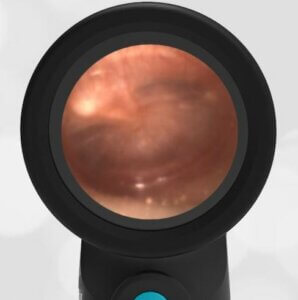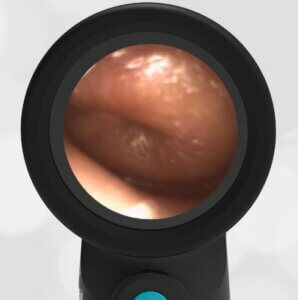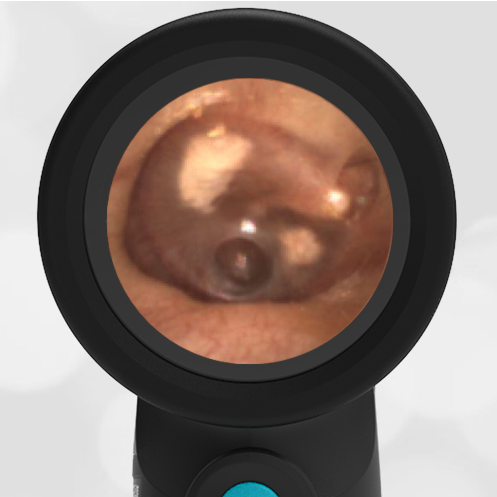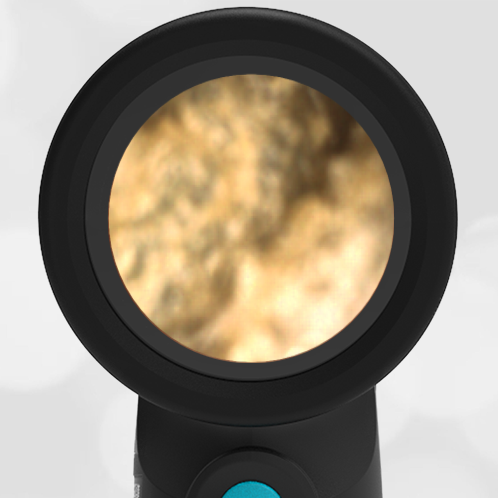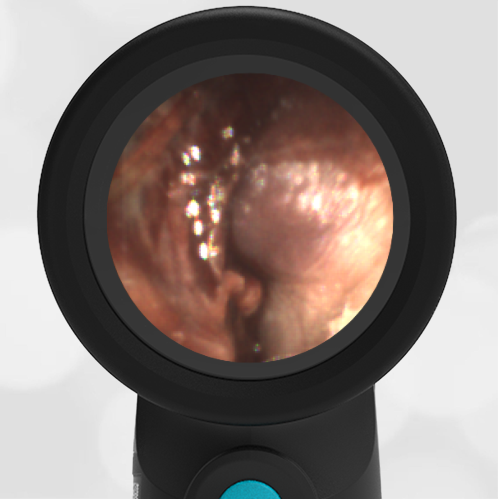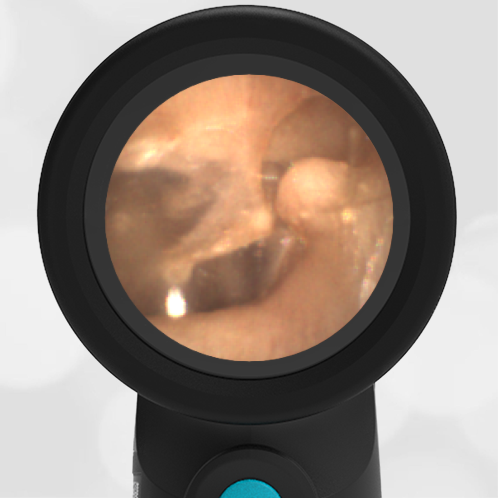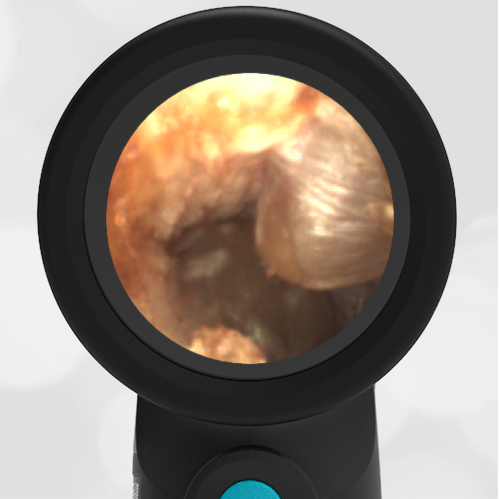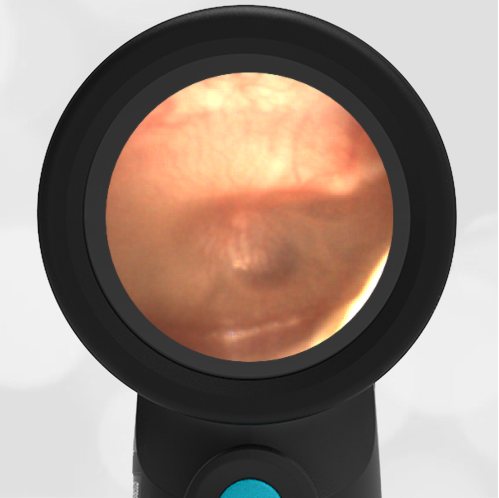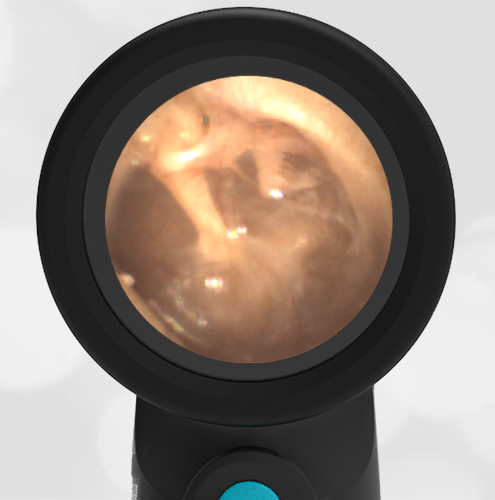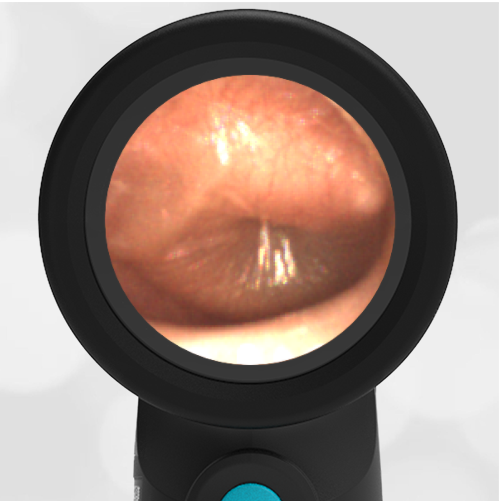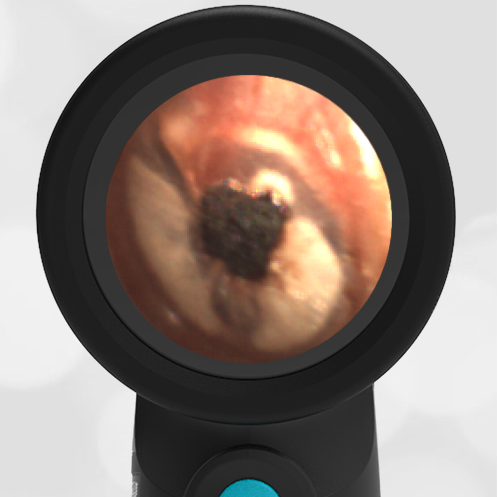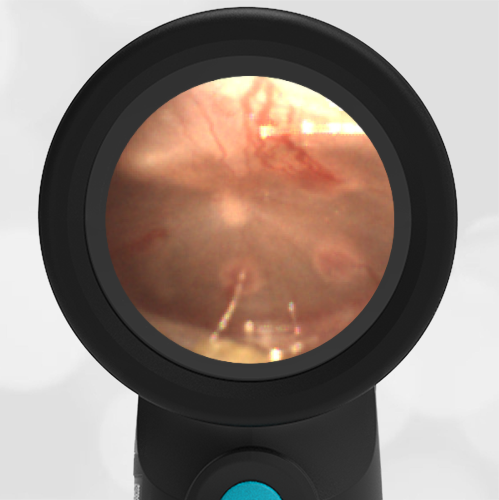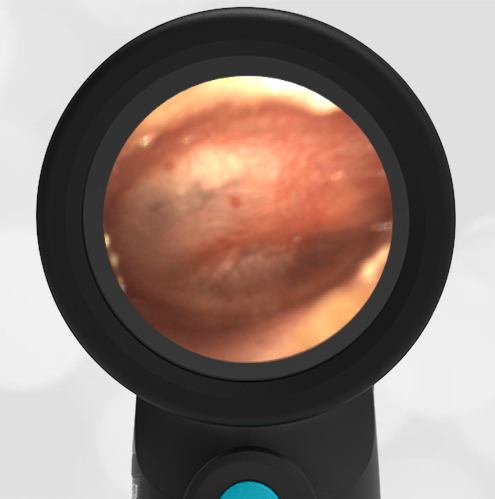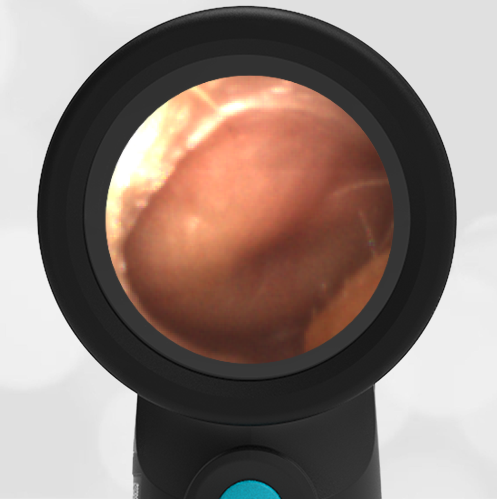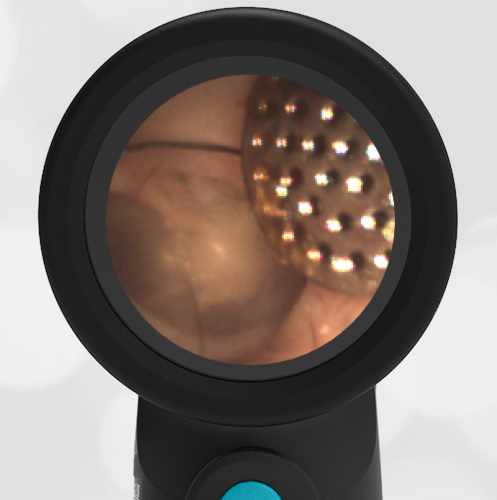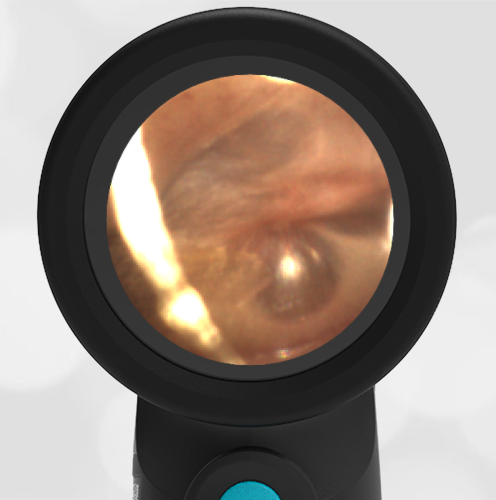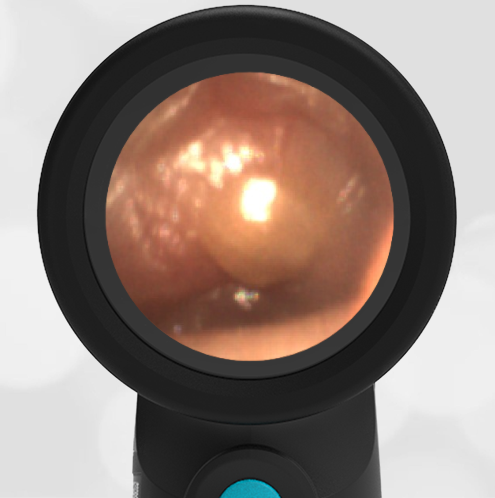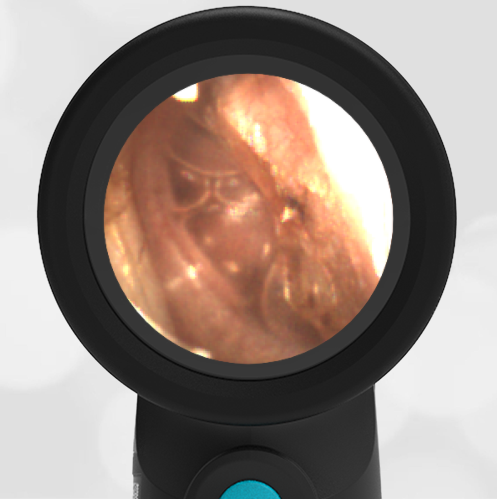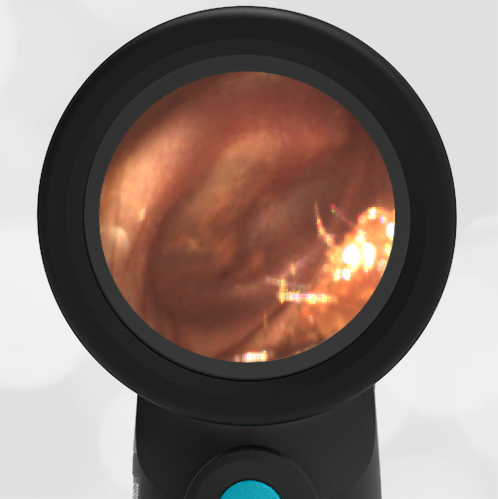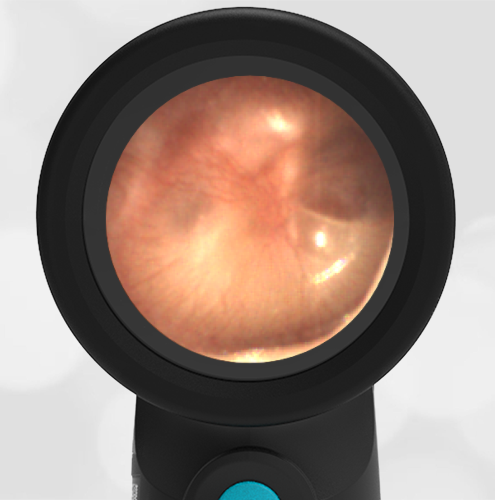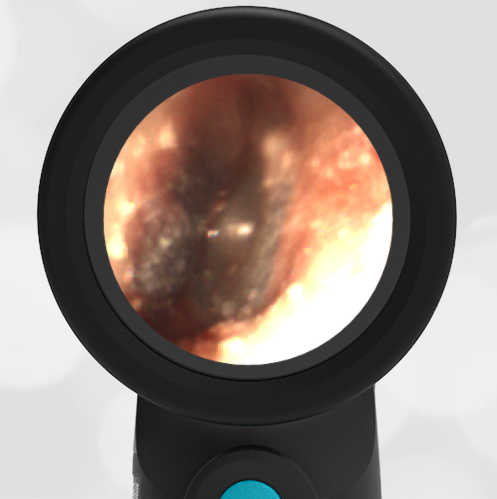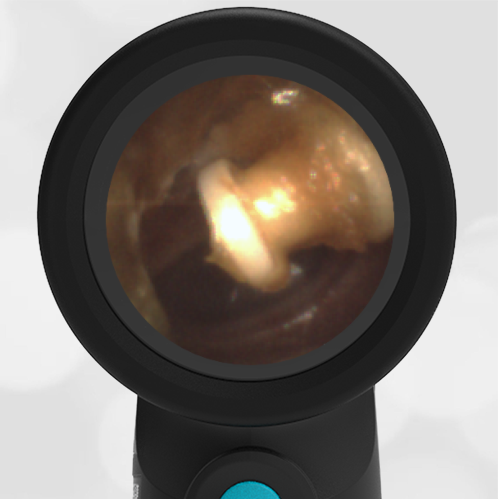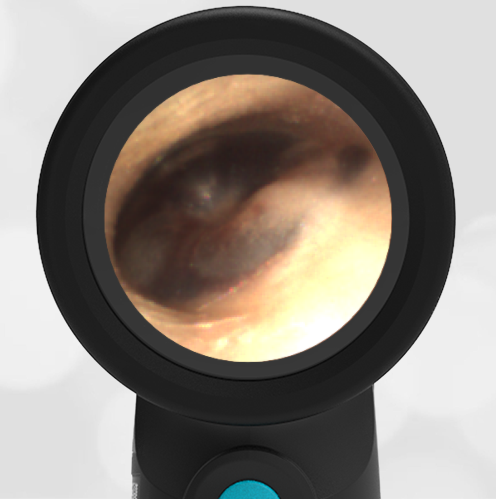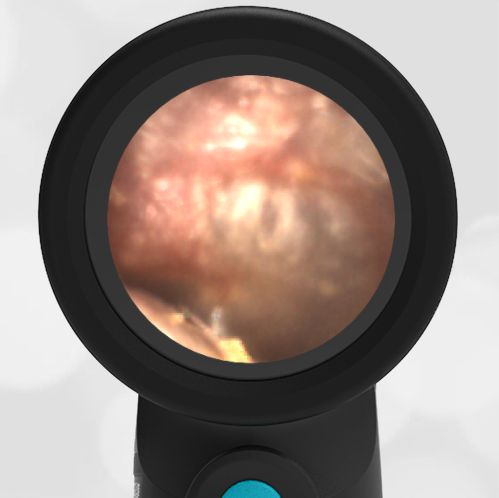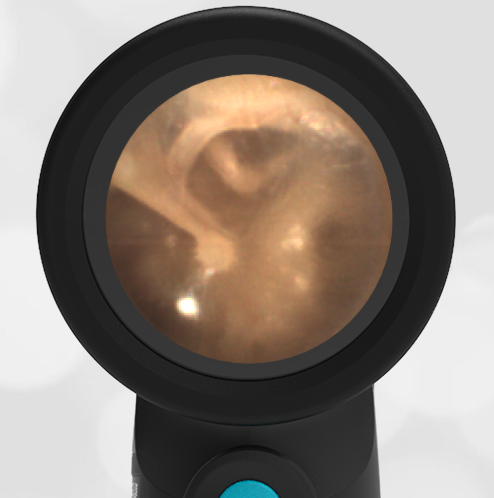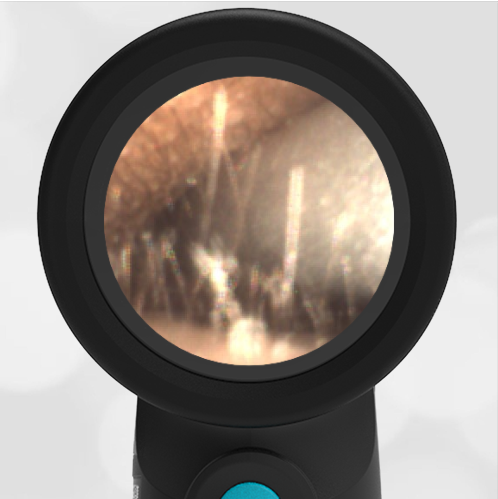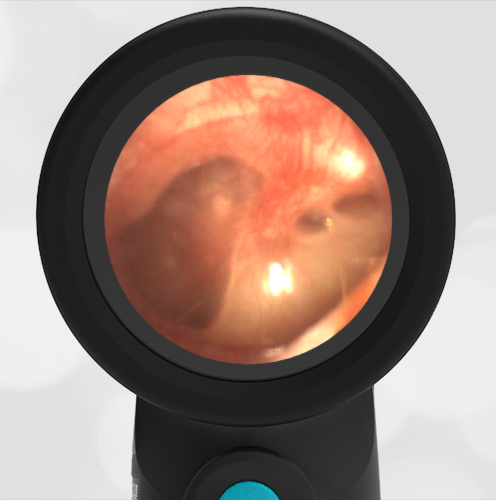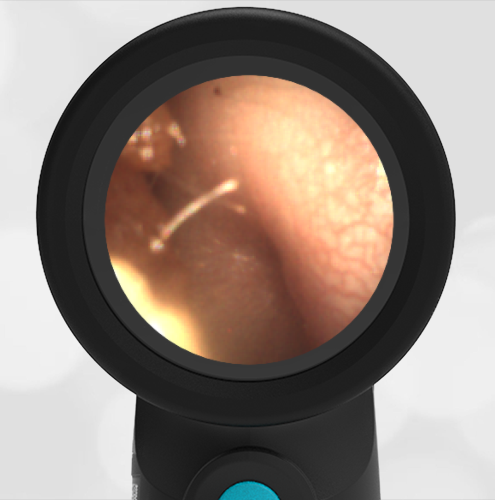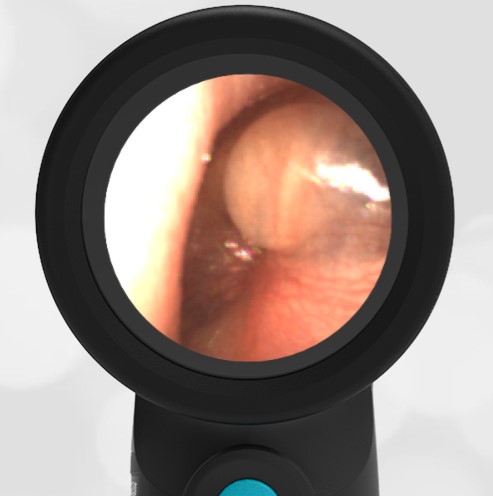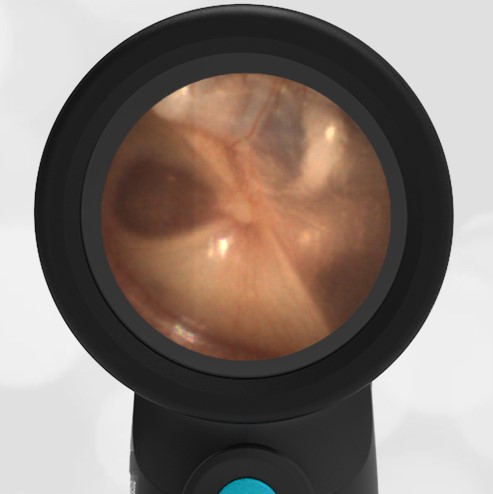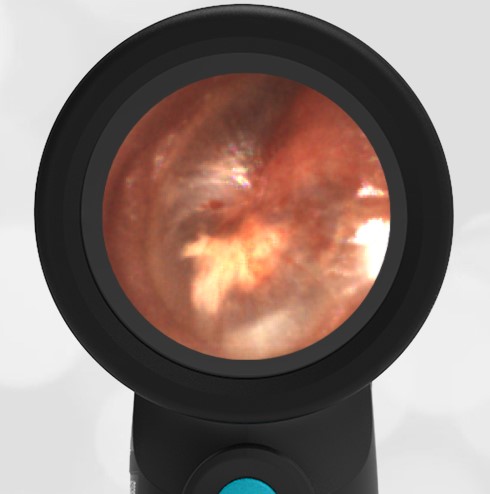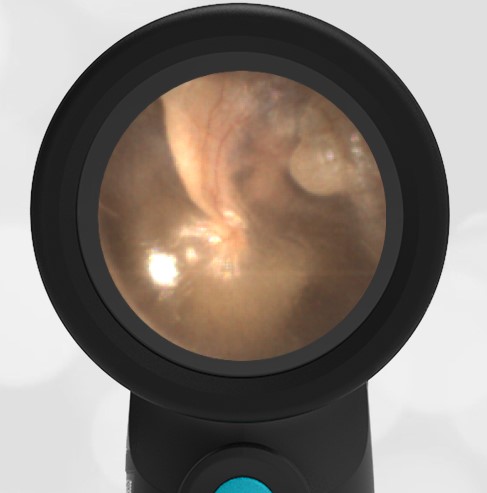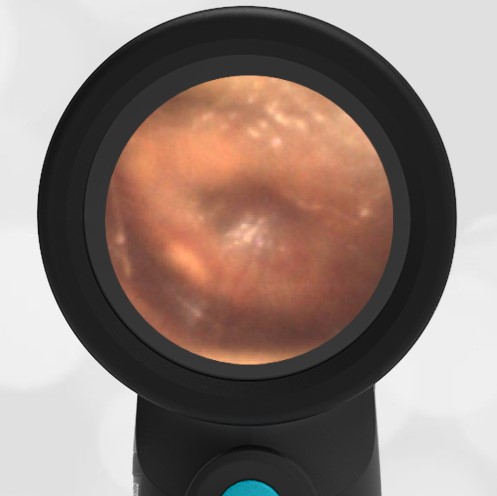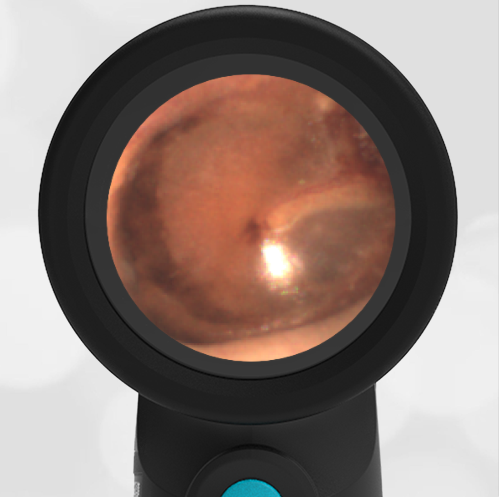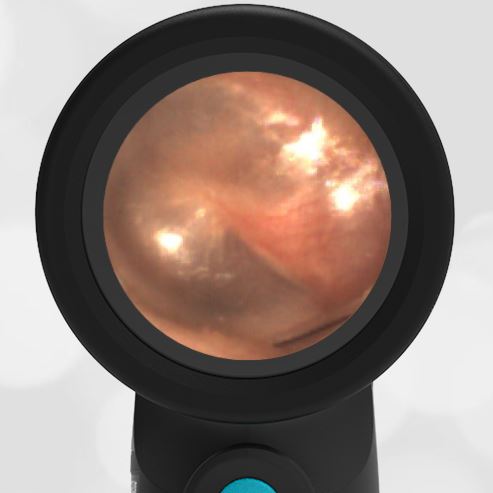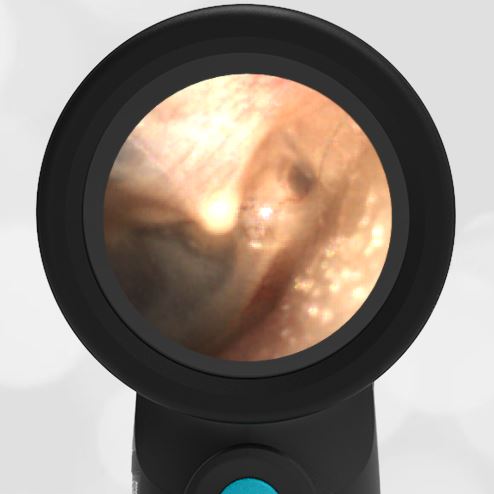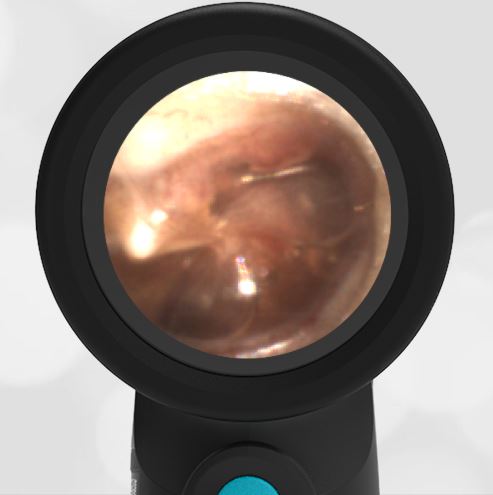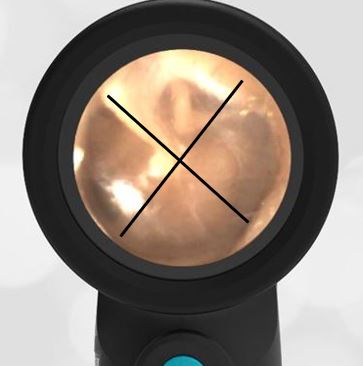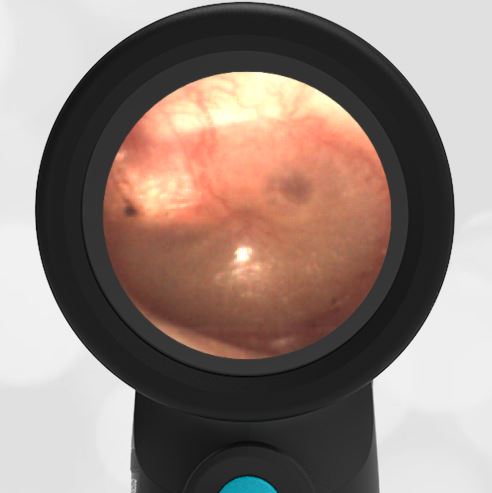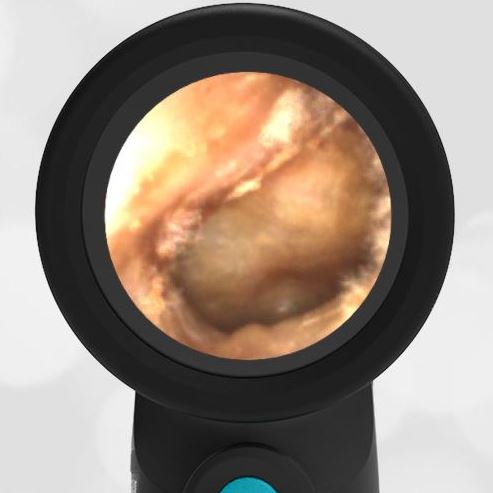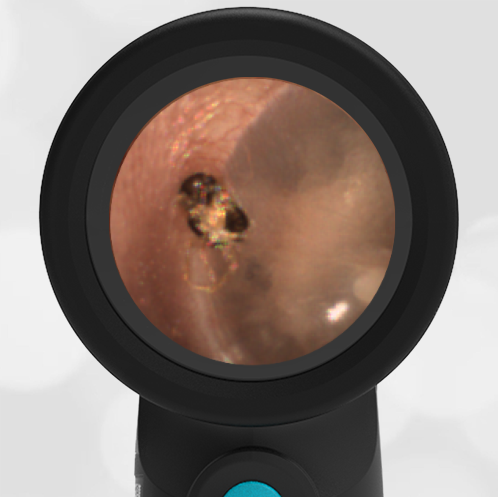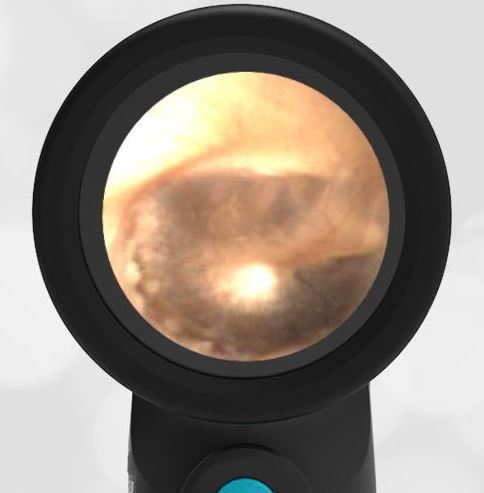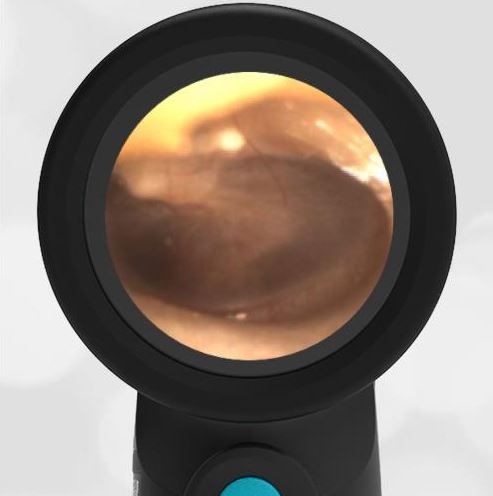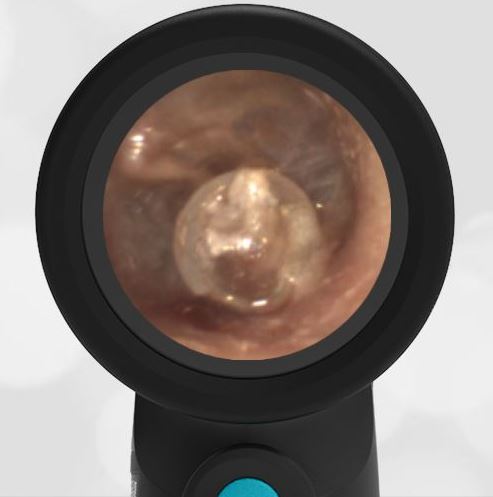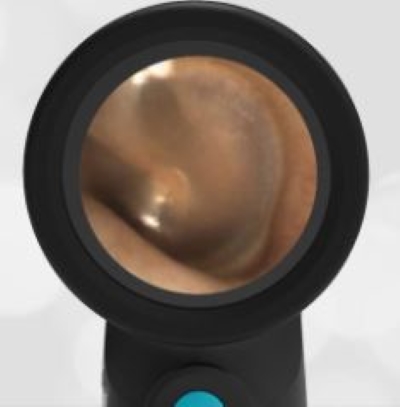
Initiate Antibiotics?
Presentation
A five-year-old is brought to the pediatric clinic by his mother with concern for fever. The mother reports that the child has had a cough, runny nose, and temperature at home to 101 F. He is vaccinated. He continues to eat and drink, but with less enthusiasm. He is irritable and sleeping more than normal. She reports a history of ear infections. She has been treating the child with Tylenol. The child cries during the exam with copious tears and a normal posterior pharynx. He has a brisk capillary refill. His lungs are clear and he is mildly tachycardic for age. He is easily comforted by the mother. Examination of the left ear reveals the above image.
Discussion
This a very common presentation in the primary care clinic, a fussy child with a mild temperature. There are a number of decisions that need to be made. The first decision is the likely cause of the symptoms. Most important is to rule out a life-threatening cause like meningitis. In this case, the symptoms of cough and rhinorrhea with clear lungs and a mild fever suggest a benign viral respiratory infection. It’s reassuring that he is well-hydrated and fussy yet consolable by the mother. The second decision is if medical intervention is necessary. In this case, the child’s lungs are clear suggesting no pneumonia. The image of his ear shows increased vasculature and erythema consistent with crying. This is a good example of an ear presentation that could be mistaken for acute otitis media if you just had a very quick glimpse of the ear. However, with the Wispr digital otoscope, it is clear that there is no bulging of the ear drum, no effusion, and the malleus bony landmark is intact. There is clearly no indication for antibiotics. Treatment is analgesia such as acetaminophen or ibuprofen along with comfort care.
Compare the normal ear in this case (no treatment required) to a case of acute otitis media (antibiotic indicated).
- Normal Ear in a Crying Child
- Acute Otitis Media – Infection in Middle Ear

